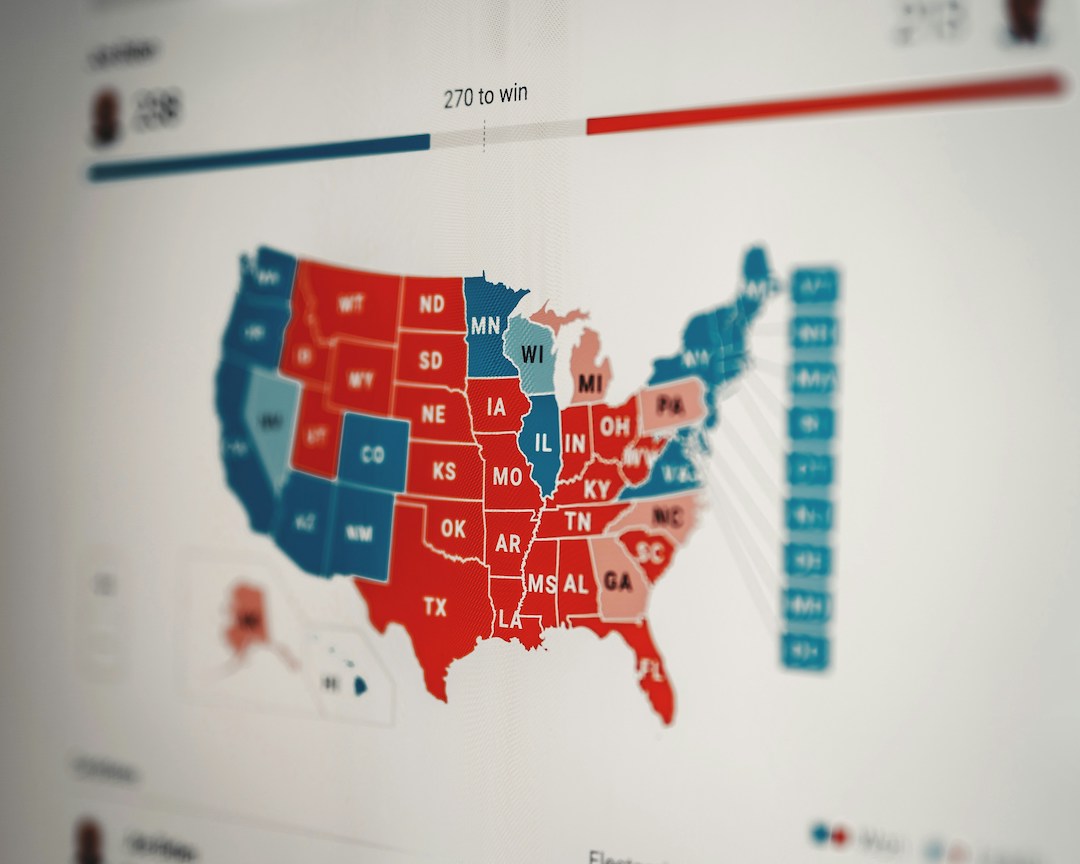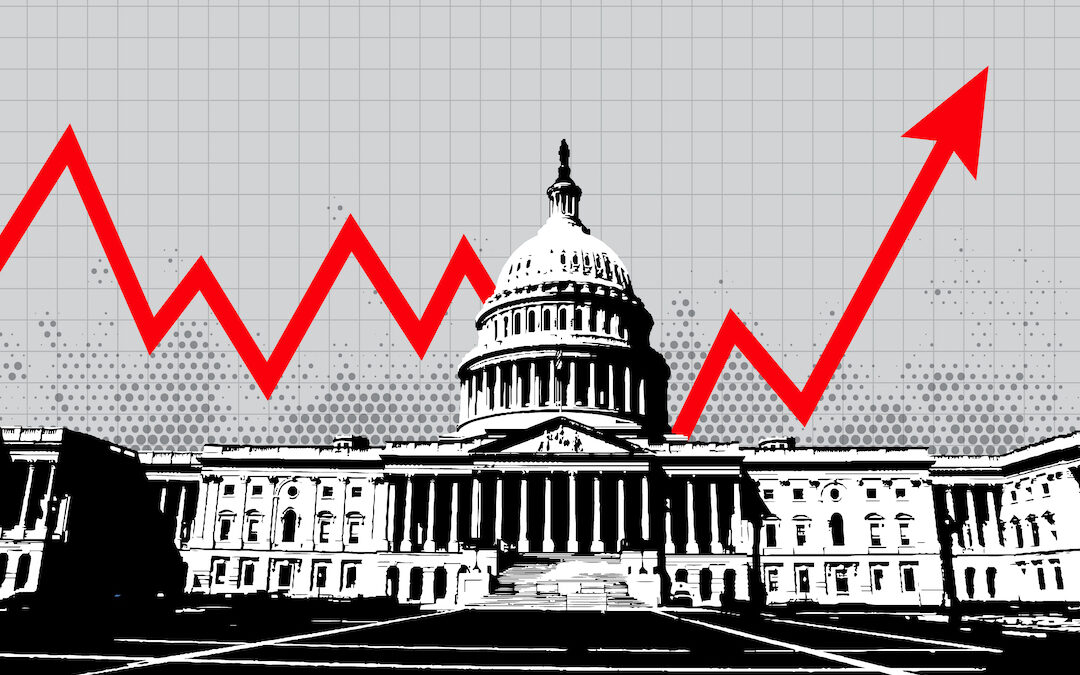The July 13 assassination attempt on former United States (US) President Donald Trump has increased the likelihood of his victory in the upcoming US election.
This has prompted Australian investors to evaluate the potential consequences of a Trump victory in November, and again grapple with the concept of the so-called “Trump Trade”.
The Trump Trade refers to the market movements and investor behaviours that emerge in response to a Trump Administration’s potential economic policies and political actions. The term gained prominence particularly after his election in November 2016, when markets reacted positively to his promises of deregulation, tax cuts, and increased infrastructure spending. The Trump Trade primarily reflects the expectation of a pro-business environment and a significant boost to the US economy through fiscal stimulus.
To understand this concept and what markets are anticipating – as well as how Australian investors can respond – we need to reflect on market behaviours during Trump’s previous presidency and the upshot for equities, bonds, commodities and the US Dollar.

The market impacts of the Trump Trade pre-COVID-19 (2017-2020)
Equities: US equities, particularly in sectors such as technology, financials, industrials and energy, saw significant gains. The Tax Cuts and Jobs Act of 2017, which reduced corporate tax rates, was a major boon for tech companies, many of which had large cash reserves held overseas. The repatriation of these funds allowed for increased investment, stock buybacks and dividends, further boosting stock prices. The S&P 500 index rose 62% from Trump’s election victory in late 2016 to the commencement of the COVID-19 pandemic in 2020.
Bonds: Expectations of increased government spending, higher growth prospects and a hawkish Federal Reserve led to a rise in US Treasury (US government bond) yields for two years following Trump’s election win. The yield on 10-year US Treasuries rose 138 basis points to 3.25% in the two years to November 2018. The improved economic outlook also significantly boosted corporate bond markets, especially high-yield bonds, as investors gained confidence in the creditworthiness of companies.
The US Dollar: The US Dollar appreciated significantly against major currencies, including the Aussie Dollar, due to expectations of higher interest rates and stronger economic growth. This meant a better deal for Australian exporters to the US.
Commodities: Industrial metals like copper surged on the anticipation of increased infrastructure spending, while oil prices showed resilience due to expectations of energy sector deregulation. Gold prices also saw an initial rise as investors sought safe-haven assets amid uncertainty surrounding Trump’s policies, but became more volatile from 2018.

What were the implications of the Trump Trade?
US Monetary Policy: With stronger economic growth and inflation expectations, the Federal Reserve was more inclined to increase interest rates to prevent the economy from overheating – further strengthening the US Dollar against currencies such as the Aussie Dollar. This was a shift from the ultra-low interest rate environment that prevailed following the Global Financial Crisis. The Federal Reserve also began to consider reducing its balance sheet, which had ballooned due to years of quantitative easing.
Geopolitics: Trump’s protectionist stance, exemplified by tariffs on Chinese goods and renegotiations of trade agreements like the North American Free Trade Agreement (now the US-Mexico-Canada Agreement), created uncertainties in global trade. Likewise, the Trump Administration’s unpredictable foreign policy, including confrontations with North Korea and strained relations with traditional allies, added to geopolitical risks. Markets often reacted poorly to news of these tensions, while emerging markets (particularly those with strong trade ties to the US) faced increased risk premiums.

What would a renewed Trump Trade mean for Aussie investors?
A Trump victory in 2024 could imply that the Federal Reserve remains cautious about cutting interest rates, as a pro-business environment might reaccelerate the US economy and revive inflation. As such, for Aussie investors, the Trump Trade means reassessing and rebalancing portfolios to align with the new economic landscape and mitigate risk.
Aussie investors, capitalising on low-cost international market access through global investment brokers such as Saxo, may thus wish to consider their next steps across all asset classes (in alignment with their risk appetite and personal circumstances):
Equity Allocation: Increased exposure to US equities, especially in sectors benefiting from deregulation and tax cuts, may become favourable.
Bond Strategy: A cautious approach to long-term bonds due to the potential for rising yields.
Currency Considerations: Hedging strategies will become more critical for Aussie investors with significant international exposure to protect against a stronger US Dollar.
Geopolitical Hedging: Diversifying into assets less sensitive to US political shifts may become prudent.
Disclaimer: Saxo Capital Markets (Australia) Limited (Saxo) provides this information as general information only, without taking into account the circumstances, needs or objectives of any of its clients. Clients should consider the appropriateness of any recommendation or forecast or other information for their individual situation.
For more on finance news and forecasting, check out our Finance section here.

